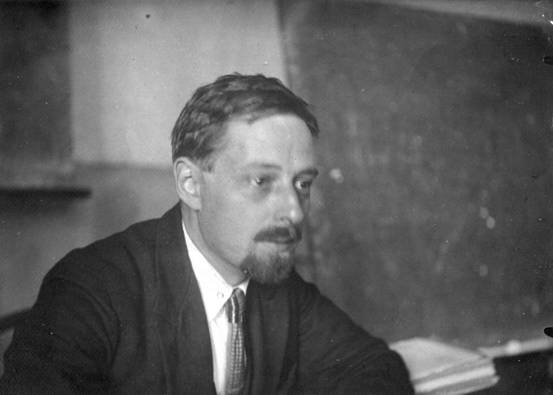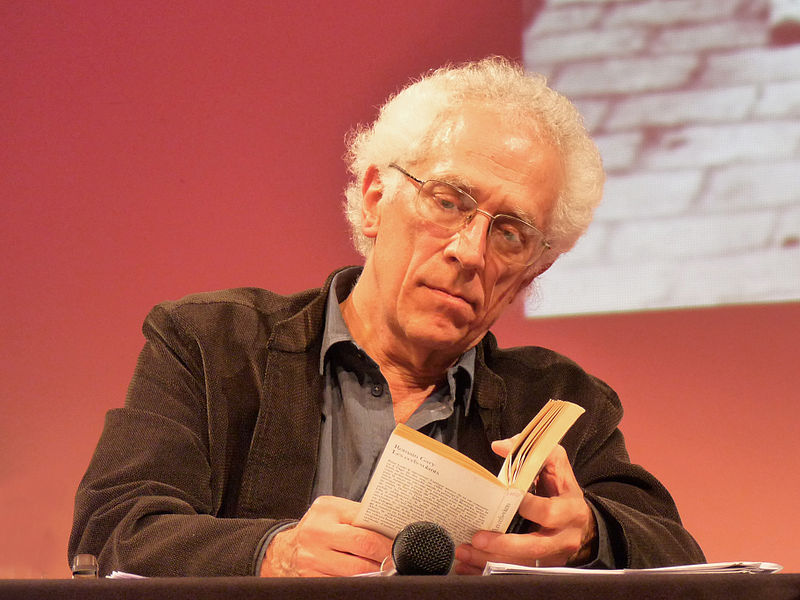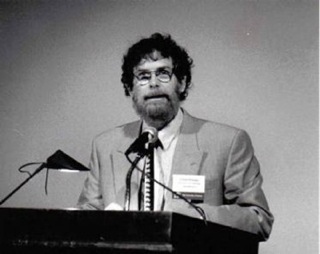Vladimir Propp: (1895-1970):
 Vladimir Propp had the idea of the types of characters within a narrative: the hero, villain, helper, donor, princess, dispatcher and false hero. Shrek, for example, would use hero, villain, helper, dispatcher and princess. This is how it would be used in terms of Shrek:
Vladimir Propp had the idea of the types of characters within a narrative: the hero, villain, helper, donor, princess, dispatcher and false hero. Shrek, for example, would use hero, villain, helper, dispatcher and princess. This is how it would be used in terms of Shrek:- Hero - Shrek - he's the protagonist of the story
- Villain - Lord Farquaad - he's the antagonist of the story
- Helper - Donkey - he's Shrek's companion and friend in the story
- Dispatcher - Lord Farquaad - he sent Shrek and Donkey to rescue Fiona
- Princess - Fiona - she's who Shrek and Donkey went to rescue
 Tzvetan Todorov came up with the idea of the equilibrium, disruption and resolution narrative. For example, using Taylor Swift's music video to her 2009 song You Belong With Me, the equilibrium is the geek girl in love with the boy, the disruption is when the brunette appears and the resolution is the geeky girl wins the guy.
Tzvetan Todorov came up with the idea of the equilibrium, disruption and resolution narrative. For example, using Taylor Swift's music video to her 2009 song You Belong With Me, the equilibrium is the geek girl in love with the boy, the disruption is when the brunette appears and the resolution is the geeky girl wins the guy.Roland Barthes (1915-1980):
 As well as being involved in semiotics, Roland Barthes was also involved in narrative. He had the idea of decoding narratives with his 5 codes: Hermeneutic, Proairetic, Semantic, Symbolic and Cultural. The Hermeneutic Code refers to any elements in the story that isn't completely explained and becomes to the reader. This is used to keep the audience guessing The Proairetic Code builds tension
As well as being involved in semiotics, Roland Barthes was also involved in narrative. He had the idea of decoding narratives with his 5 codes: Hermeneutic, Proairetic, Semantic, Symbolic and Cultural. The Hermeneutic Code refers to any elements in the story that isn't completely explained and becomes to the reader. This is used to keep the audience guessing The Proairetic Code builds tensionClaude Levi-Strauss (1908-2009):
 Claude Levi-Strauss came up with the idea of binary oppositions. It is simply two terms that are the opposite in meaning. For example, it can include good vs. evil, man vs. woman or light vs. dark.
Claude Levi-Strauss came up with the idea of binary oppositions. It is simply two terms that are the opposite in meaning. For example, it can include good vs. evil, man vs. woman or light vs. dark.Edward Branigan (????-????):
 Edward Brannigan had the idea of a cause and effect chain of events: beginning, middle and end. He argues that narrative is 'a way of organising spatial and temporal data into a cause-effect chain of events with a beginning, middle and end that embodies a judgement about the nature of events'.
Edward Brannigan had the idea of a cause and effect chain of events: beginning, middle and end. He argues that narrative is 'a way of organising spatial and temporal data into a cause-effect chain of events with a beginning, middle and end that embodies a judgement about the nature of events'.
No comments:
Post a Comment